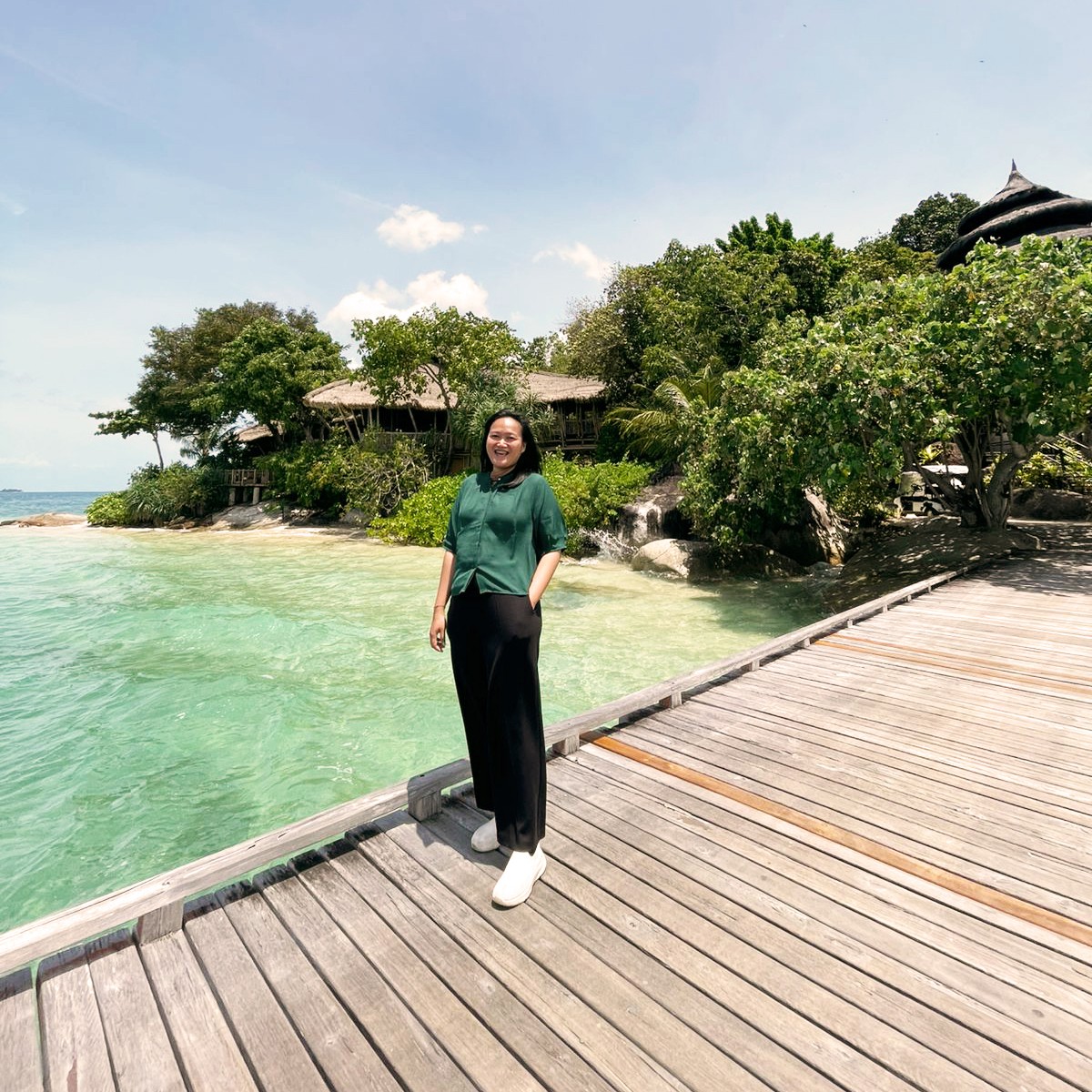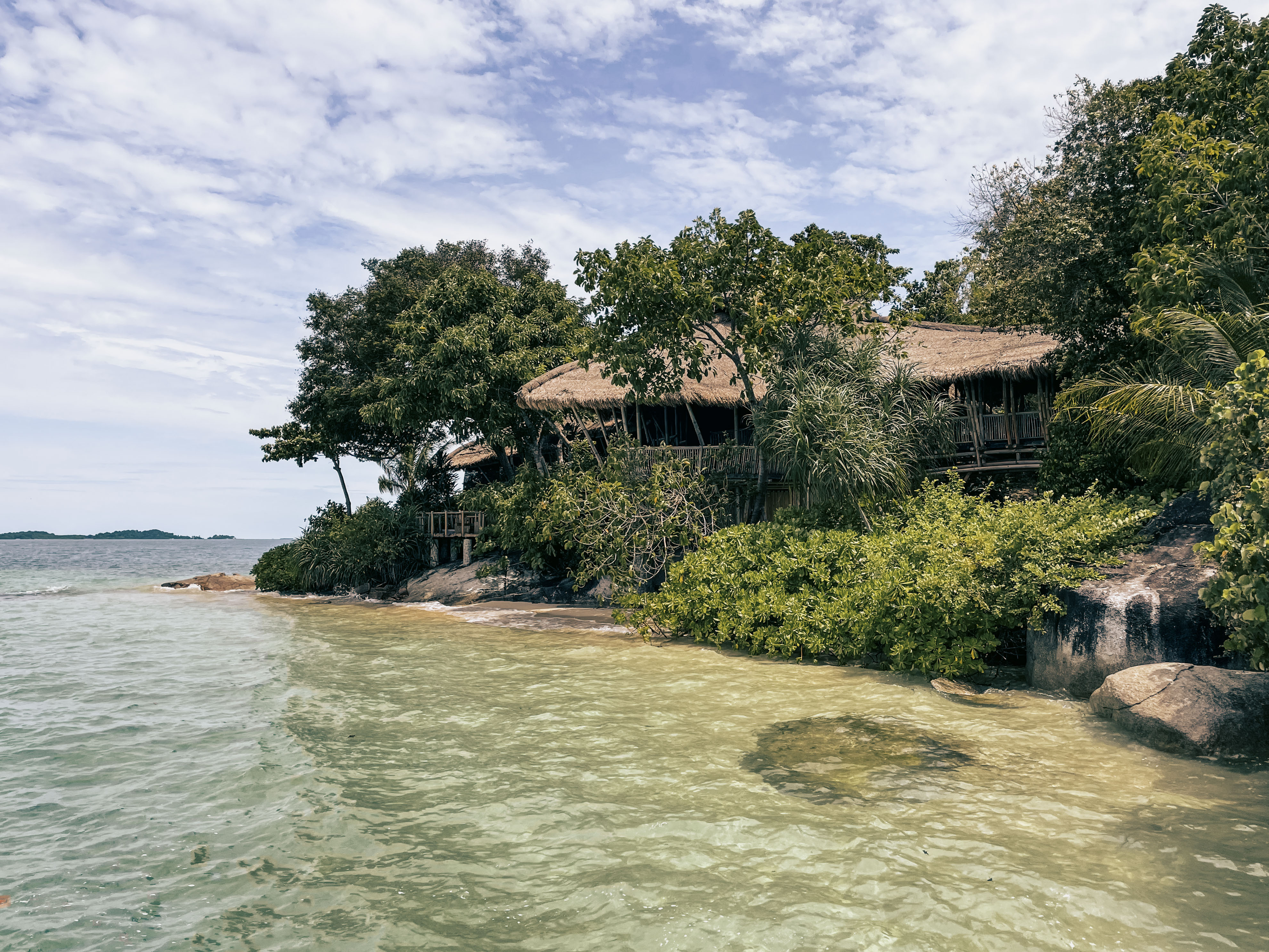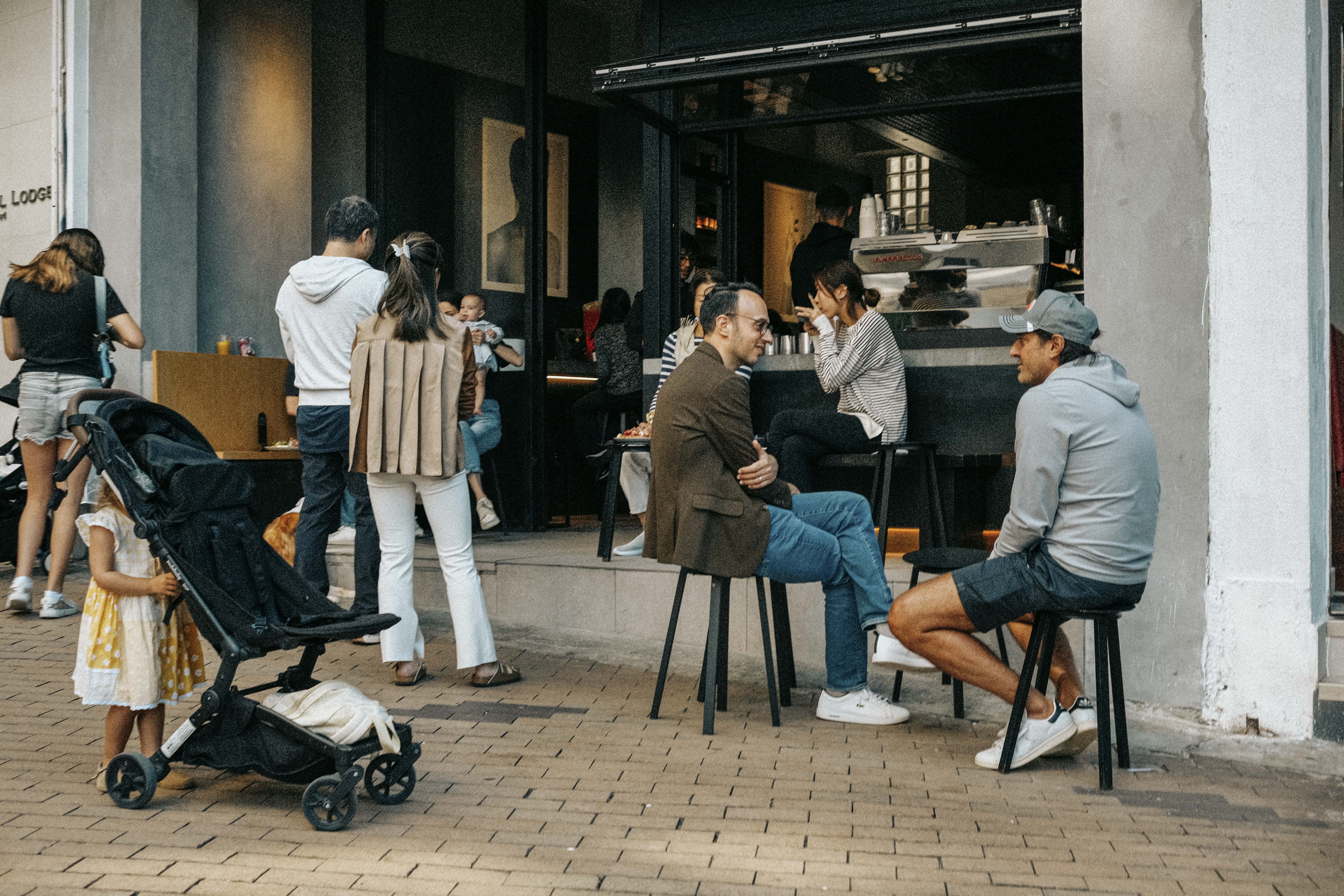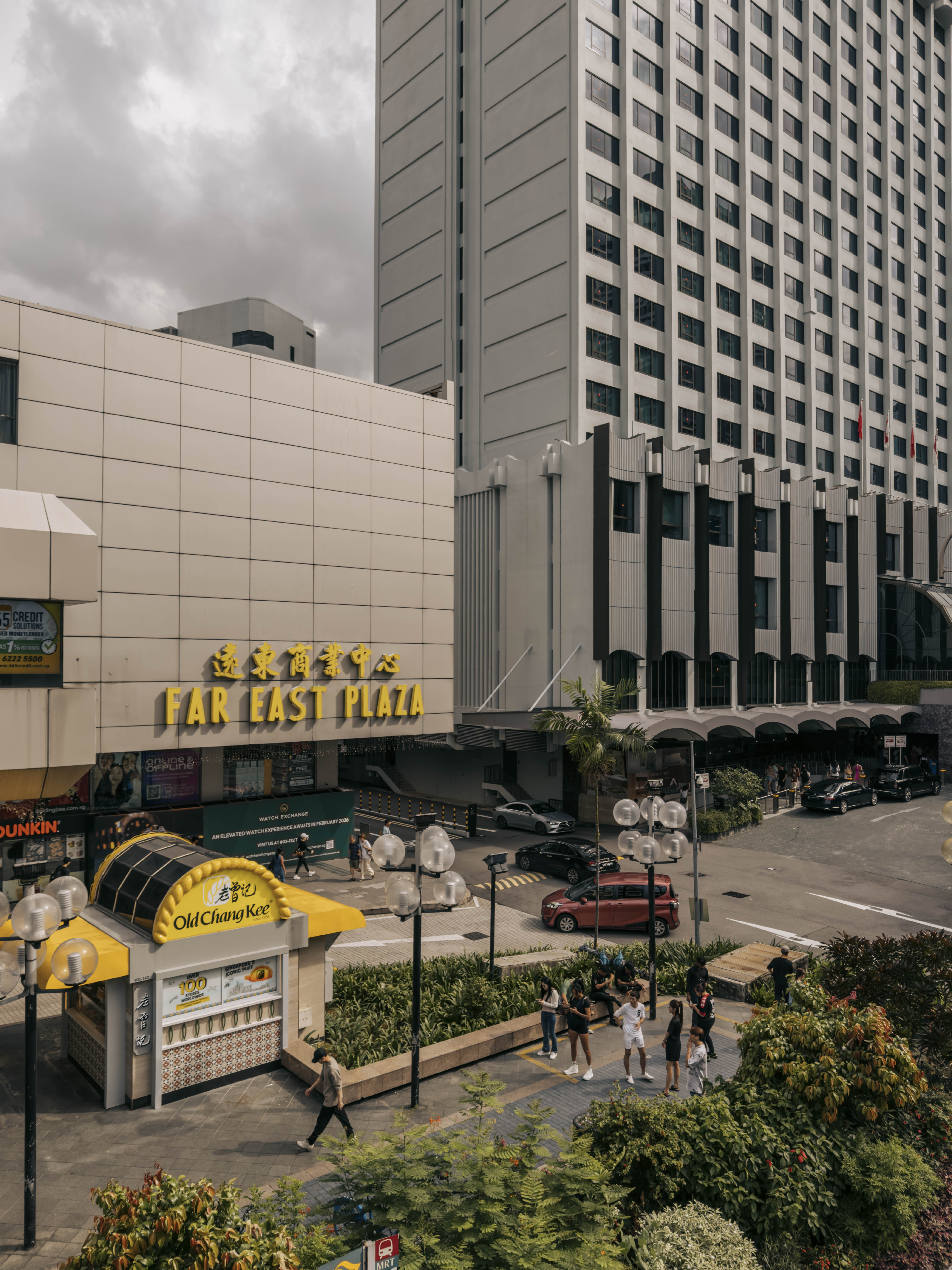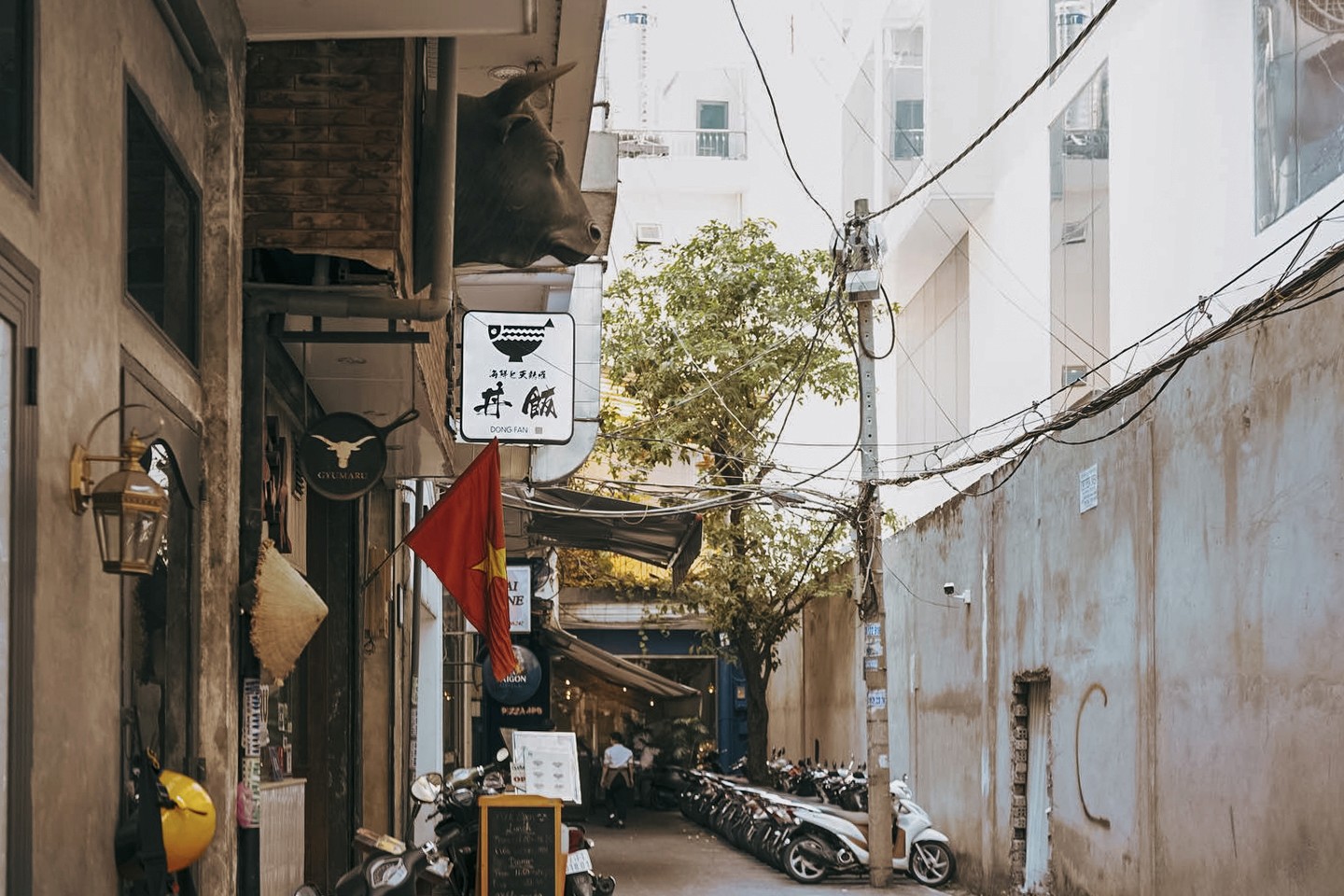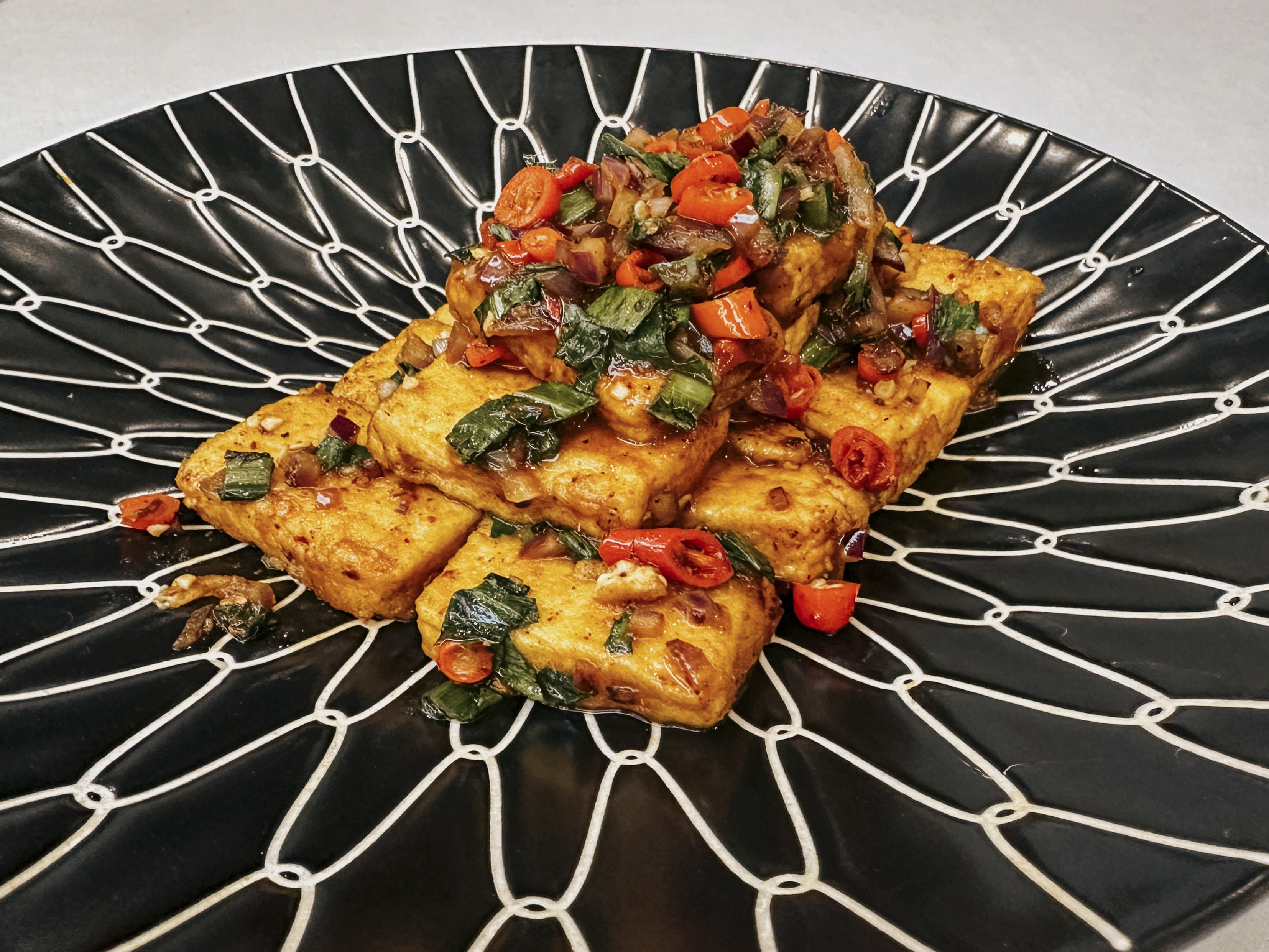The garb of statesmen, influential leaders, and even groomsmen, the barong tagalog – or simply, barong – is one of the Philippines’ most recognised symbols of Filipino culture.
✦
Worn loose and untucked, it stands as a symbol for the tropics, its history predating over 300 years of Spanish occupation.
So enduring is the barong, in fact, that it’s whispered to have influenced other threads of sartorial history across the globe. This includes the Cuban guayabera, which may have been born from a similar garment in Yucatán as the Spanish galleon travelled between the Philippines and Mexico. And then there’s Hawaii’s iconic aloha shirt, which is said to have taken its boxy and carefree styling from the barong worn by Filipino plantation farmers who first moved to the island in 1906.
Photos: Kelvin Morales, Randolf
Over the years, the barong has become a sartorial hallmark of many a Filipino gentleman, including my lolo, or grandfather. As a child, I remember prying open his large wooden cabinet to see the barongs inside, glimmering with a faint sheen when the light hit them.
My lolo had a barong for every occasion: the grander the embroidery, the grander the occasion.
The short-sleeved ones, pressed, with geometrical motifs or dainty floral patterns, were his go-to for boardroom meetings or trips when he needed to look sharp. For formal events like weddings, his choice would be a barong that was sheer, long-sleeved, and adorned with wooden or pearl buttons.
True to that spirit, in 1996, he donned a classic barong tagalog when he renewed his vows with my lola (grandmother) at our local church for their 50th wedding anniversary.
When Western suits became the black-tie attire du jour for men in the mid-20th century, it seemed as though the barong might get left behind. But today, we Filipinos are seeing a proud return to our roots.
A fresh crop of designers is breathing new life into the barong – part of a rising movement to rediscover our local heritage and adapt traditional crafts, pieces, and textiles for contemporary sensibilities.
These passionate Filipino creatives are making a case for the barong to return as a signature wardrobe piece, making it relevant for everyday wear and new cohorts of wearers, both men and women.
To get dressed in a born-again barong, these are the designers to visit.
Photos: Samantha Beltran
Kelvin Morales
Kelvin Morales’ foray into barongs is a relatable story for young, fashion-savvy Filipinos – he simply wanted one that didn’t feel too stiff or formal, “something I could pair with jeans or use on a regular day”.
“I couldn’t find one that felt like me, so I decided to make one for myself. I left the sample in my studio, and one of my clients saw it. He got curious and asked if I could make one for him too,” shares Kelvin.
The designer, known for his playful and provocative approaches to silhouettes and textures, embroiders urban and rural landscapes, vibrant nature motifs and whimsical doodles on his barongs.
“I noticed that traditional barong embroidery tends to be very formal, with mirrored, symmetrical designs, and perfectly detailed. I wanted to break that,” he says.
His inspiration comes mostly from home. “Filipino elements play a big role in shaping my work, but I always try to interpret them in a modern way,” says Kelvin. “I often look into old Filipino symbols, objects, or forgotten stories. Then I sketch ideas and explore silhouettes, fabrics, and textures.”
Gabbie Sarenas
Instinctive yet composed, romantic, and subtle is how Gabbie Sarenas calls her dreamy, carefree barong, which she describes as “a love letter to the Philippines”.
There’s plenty of fun, too, in the pieces – their delicate, playful embroidery inspiration takes from nature and everyday objects, from dainty sampaguita buds, the Philippines’ national flower, to tropical fruits.
The designer stumbled into designing barongs after a stylist approached her and asked if she could do an embroidered piece for her client, who was holding a destination wedding.
“I love the see-through [nature] and nonchalance of the barong,” says Gabbie. “We as Filipinos have turned our barongs into something that is respected. And now something that can be used not just for formal occasions, but also in other events.”
Photos: Daryl Maat, Kelvin Morales, Daryl Maat
Randolf
“I didn't really plan on making barongs,” says Randolf’s designer RJ Santos. What really drew him to rework the traditional garment, he says, were the barong’s fabrics – sheer textiles of pineapple or vegetable fiber that tugged on his love for translucency.
RJ sees barongs as “a second skin” inspired by tattoos, one where the wearer doesn’t have to commit to permanence.
“I’ve always wanted to have [a tattoo], but I was too scared that I might get over the design quickly and regret it,” he explains.
He shares that there’s more to a barong that meets the eye. Making one is a painstaking process – and it’s this craft that the designer is keen to preserve.
“I think the traditional way of constructing a barong tagalog makes it really special and unique, and I want to retain that aspect,” he says.
Daryl Maat
Daryl Maat adds a touch of whimsy and irreverence to history with his highly acclaimed Pad Paper series, which features fine doodle-like embroidery – a style that makes it easy for today’s generation to wear the barong.
The doodles depict Filipino landscapes through childlike drawings and were deeply inspired by his childhood memories; they capture an innocence that’s a fresh addition to the traditional clothing.
“I remember a time when barongs were exclusively reserved for formal occasions. I wanted to contribute to the movement that reimagines the barong for contemporary wear,” Daryl says.










